The first horror film on record is “Le Manoir du Diable,” created in 1896, according to IMDb. Since that time, horror movies have gripped audiences, forcing them to the edge of their seats. These films documenting gore, suspense and fear have attracted large audiences without fail, remaining relevant throughout decades of societal innovation. Deion Ziwawo, IB film student and junior, said he considers himself a part of this group that awaits the premiere of new horror movies.
“Everyone loves a good thrill, whether you want to admit it or not,” Ziwawo said. “The way that horror movies keep adapting and getting better and scarier drives more  people to want to go see them.”
people to want to go see them.”
Adapting to changes in society, however, is no small feat, according to IB film teacher James Peterson.
“What’s hard is that audiences are becoming much more sophisticated and it’s becoming harder and harder to scare them,” he said.
In order to counteract elevated expectations on horror films, Peterson said directors have to turn to new technology.
He said, “With recent technology, we get a bunch of new things we can do with film technique, for example, jump cuts. Also, there’s a lot of computer animation we can do to make things look a little more unearthly. (This technology creates) a lot of really cool things we can do with the genre.”
Ziwawo said he agrees.
“The use of special effects definitely enhances the horror and the use of better cameras with better quality really make you feel like you’re in the movie. I also think (directors have) made much better use of music which adds suspense,” he said.
But these technological adaptations are not the only elements that have kept audiences hooked for decades. According to Peterson, the root of horror movies—inciting fear in people—has continued to leave viewers craving more.
Peterson said, “The entertainment comes from living vicariously through the movie characters. You experience this world without risking your life and that’s a pretty cool thing to do. I think a lot of it is (the audience) being able to go through a scary experience and come out on the other side unscathed, which is really attractive.”
 Sophia Konkoly, self-proclaimed movie enthusiast and sophomore, said she shares this perspective.
Sophia Konkoly, self-proclaimed movie enthusiast and sophomore, said she shares this perspective.
Konkoly said, “I have always just liked getting scared and being scared, but also knowing that that stuff wouldn’t happen to me.”
According to Peterson, another attractive feature of the genre—more so for filmmakers than moviegoers—is the ability to create a horror movie on a low budget, but still bring in a substantial profit.
“(Horror is) probably one of the most popular (genres) because it has a really good chance of making a lot of money,” Peterson said. “The horror genre can be made pretty cheaply and without a lot of need for star power, so you can have normal people or actors who are just starting out.”
To put this into perspective, Peterson discussed how the 2007 movie “Paranormal Activity,” directed by Oren Peli, is an example of how horror movies are able to bring in a substantial profit.
“Peli simply made that movie in his house with a couple of friends and said the biggest thing he had to spend money on was food for the actors and editing software for his computer,” Peterson said. “His budget was around $50,000 and he ended up making millions: $107 million for just the United States, and worldwide, $193 million. So, (horror) is really popular among film students and filmmakers because of its potential of making a lot of money.”
In addition to adapting to technology, creating thrills and gaining monetary profits, horror movies have no problem adapting to society. Horror movies, in order to maintain viewership within the increasingly sophisticated and unscareable culture of today’s world, have attempted to reflect what the population deems “scary.”

Ziwawo said these movies often portray “what people in society worry about,” especially in modern times when staying relevant has become essential to the survival of the genre.
Peterson reaffirmed this claim, stating examples of horror films in the 1970s that represent how horror movies relate to society.
“You can look back to around the 1970s when we had ‘The Exorcist’ and ‘Rosemary’s Baby’ and all this other demon-related stuff. The Devil and Satan were both pretty major concerns for people back then because there was a lot of sin,” said Peterson. “The ‘Saw’ movies also reflect on control, and at that time we, I believe, were feeling out of control. So we were relating to those characters who were put in situations in which they were completely out of control because our real world was growing really large and really fast.”
As society continues its course of change, horror movies try to remain intact, relying on adaptive ways to stay relevant.
Peterson said, “The modern (horror films) are really popular ultimately because the genre has got its finger on the pulse.”
Click here to read horror movie and show reviews by Beats Editor Livvie Hurley.


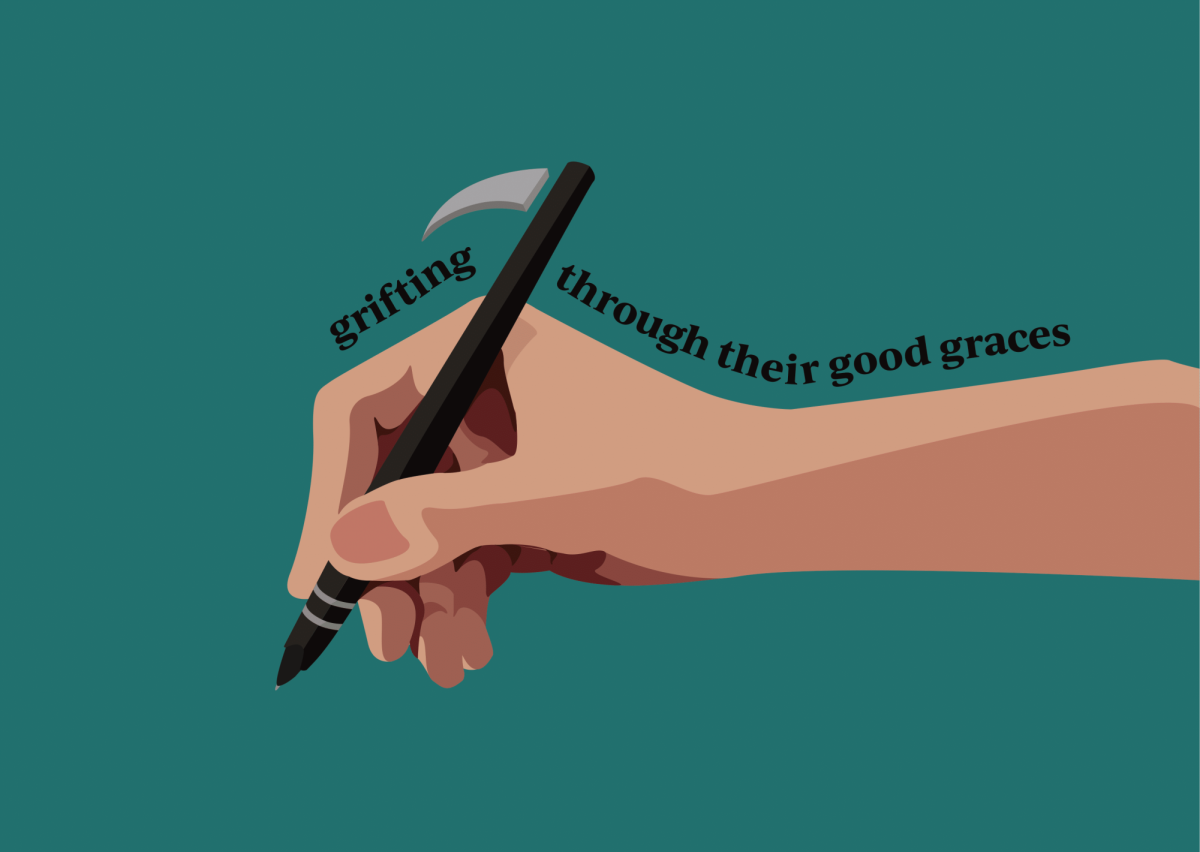




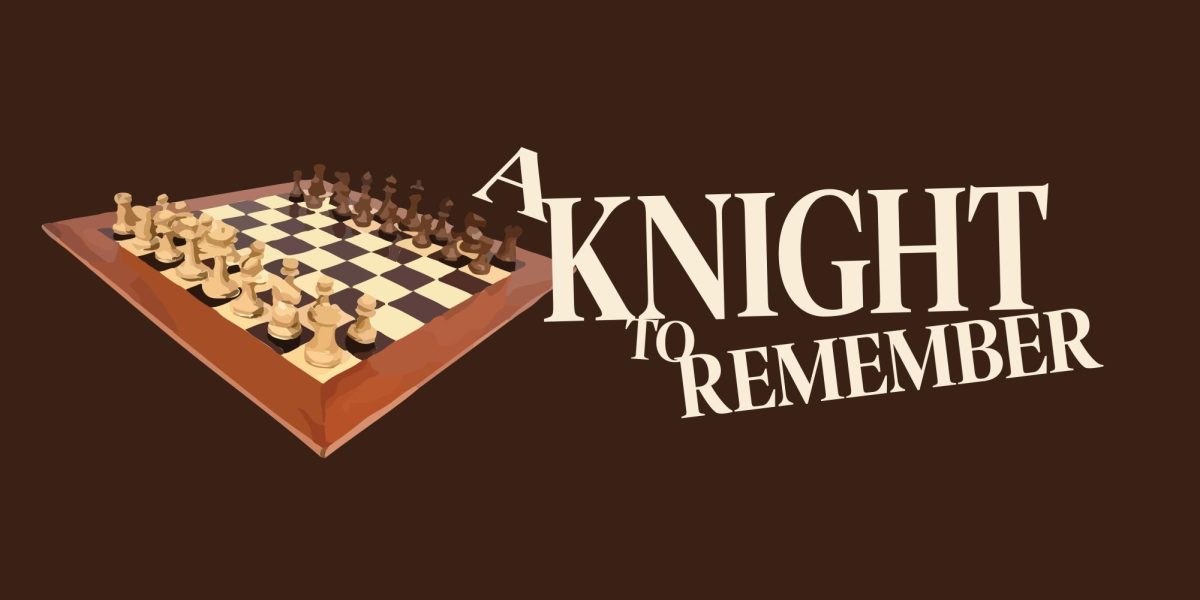
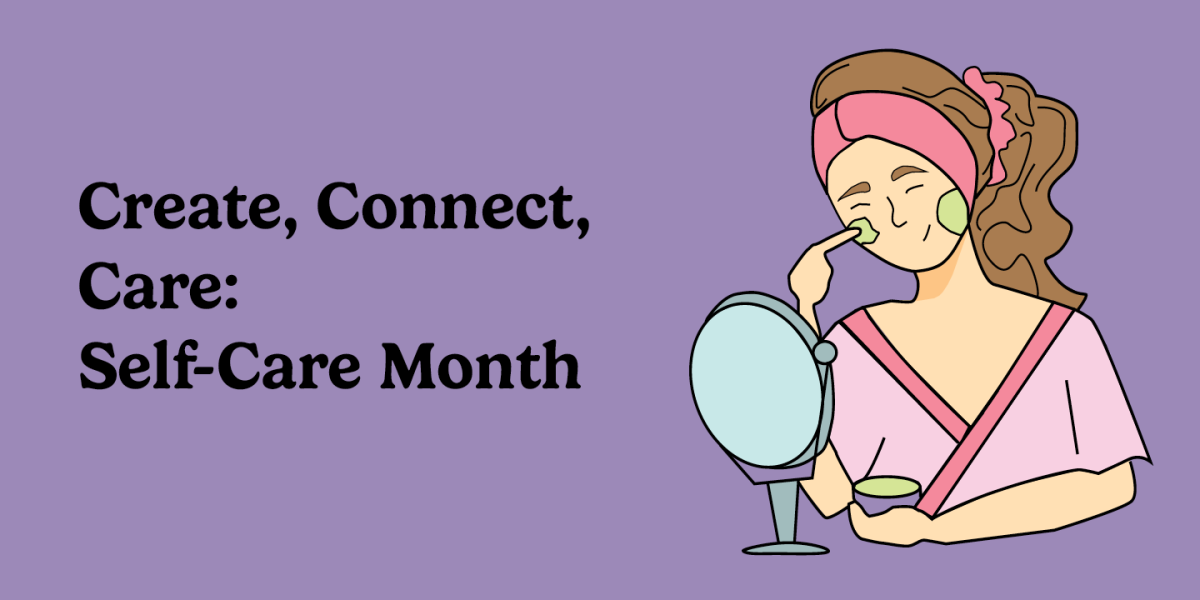

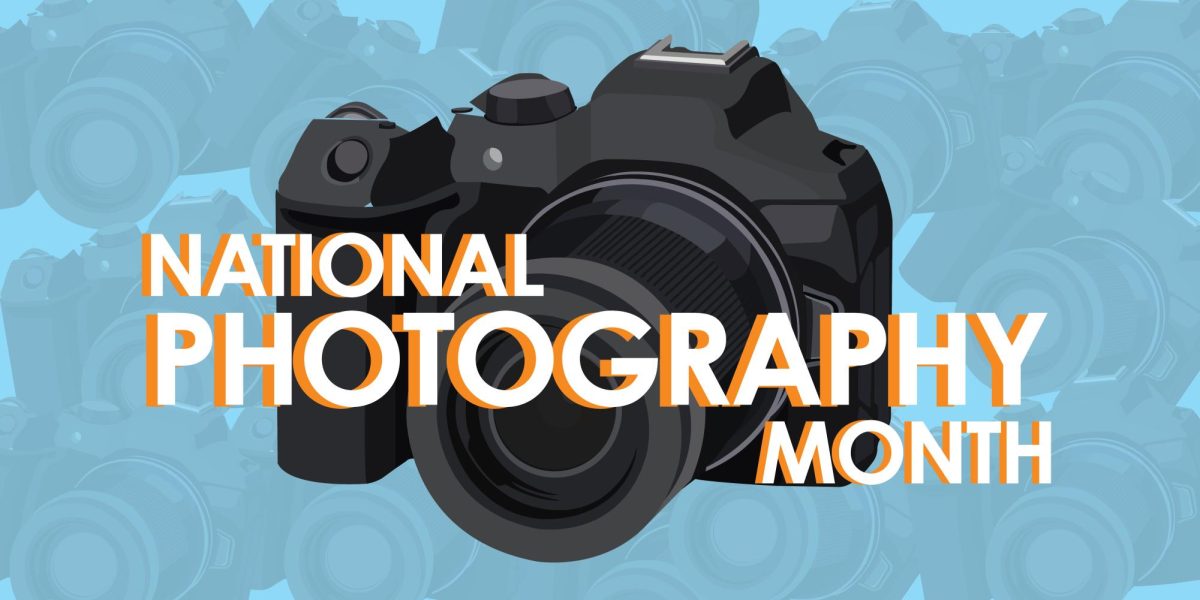





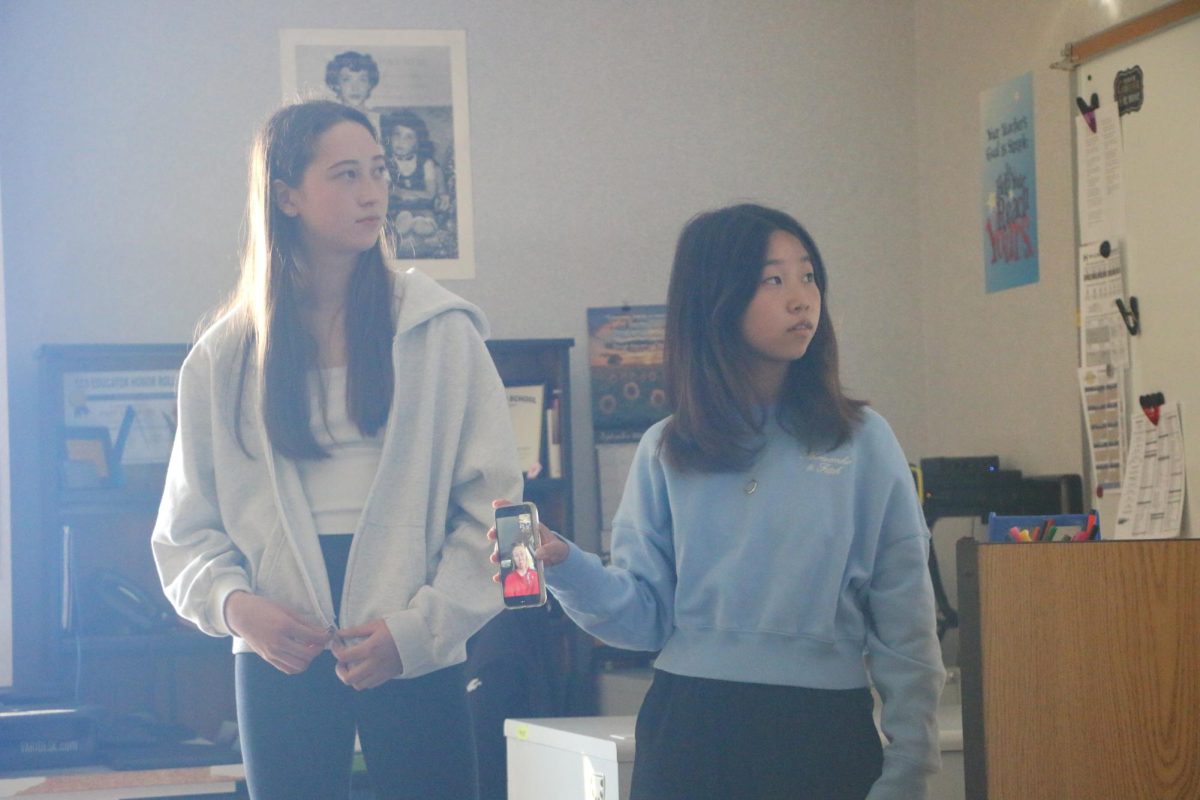
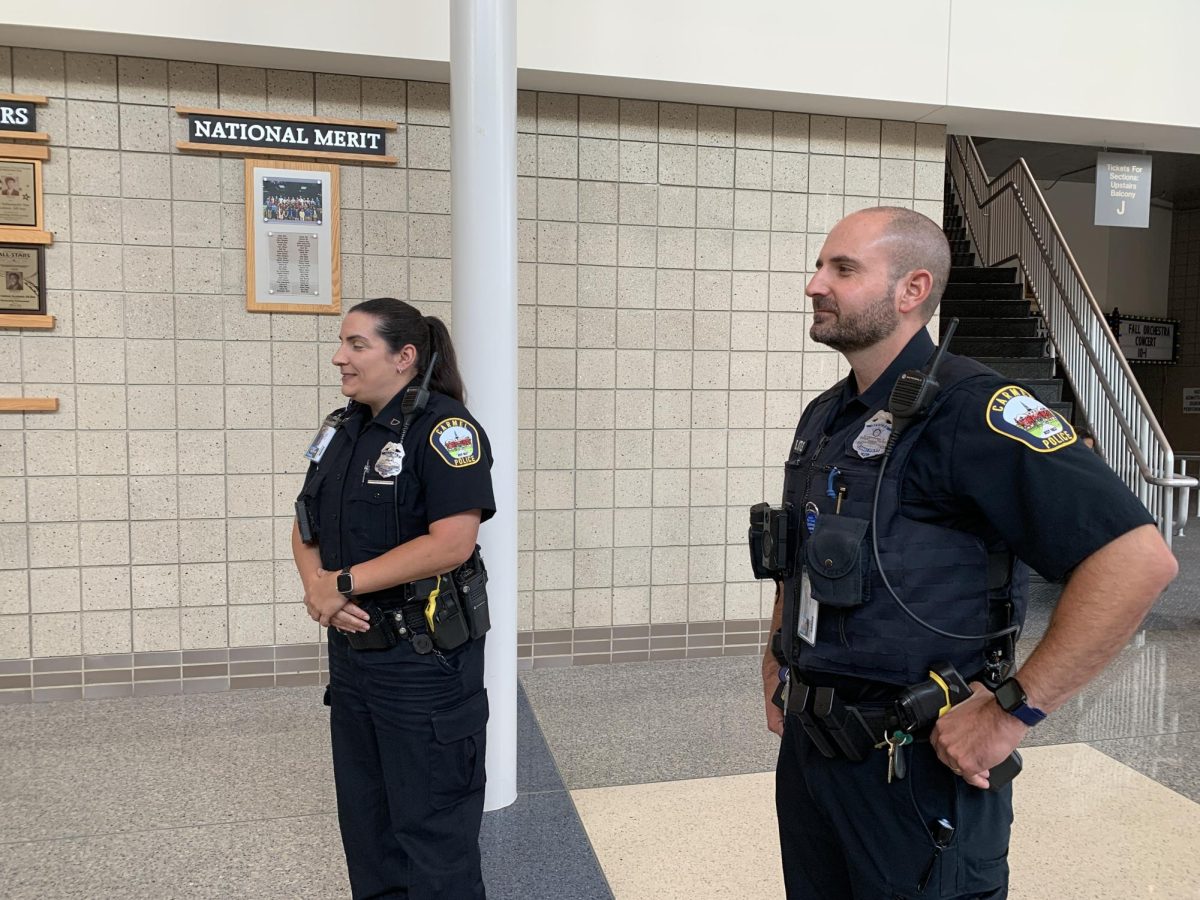
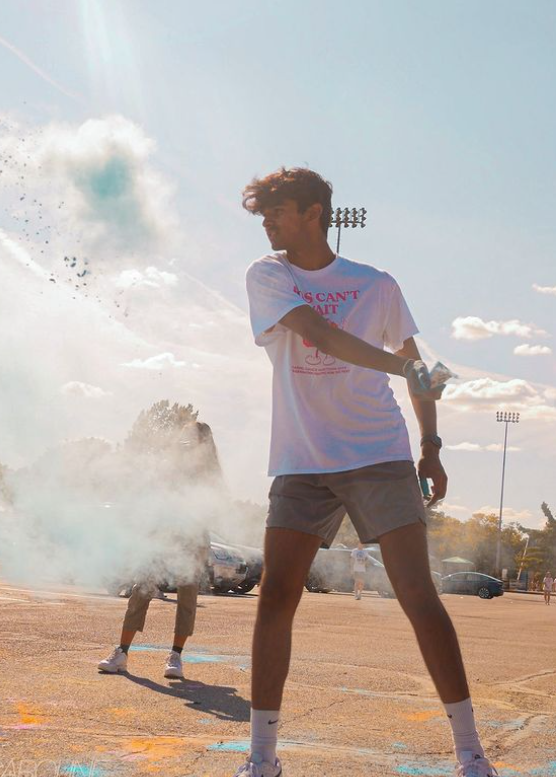


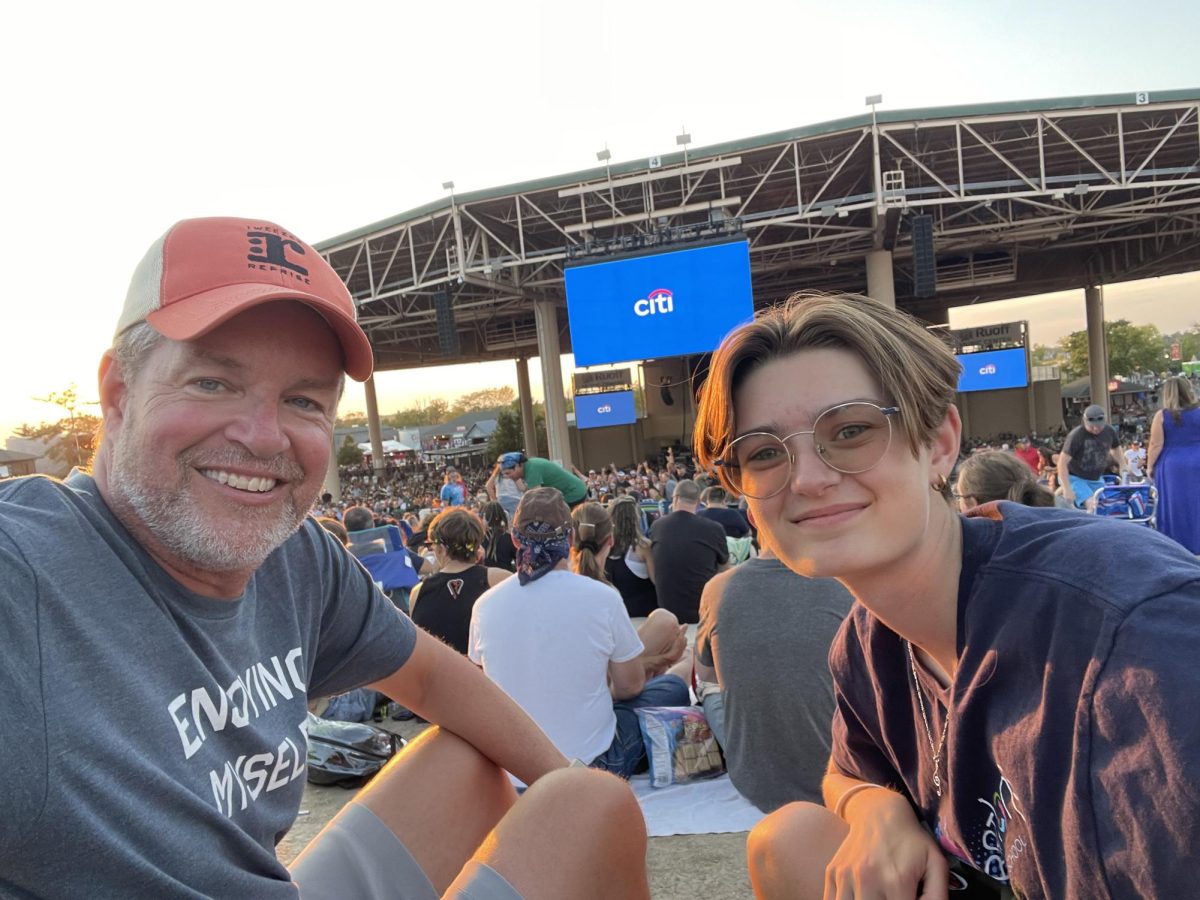







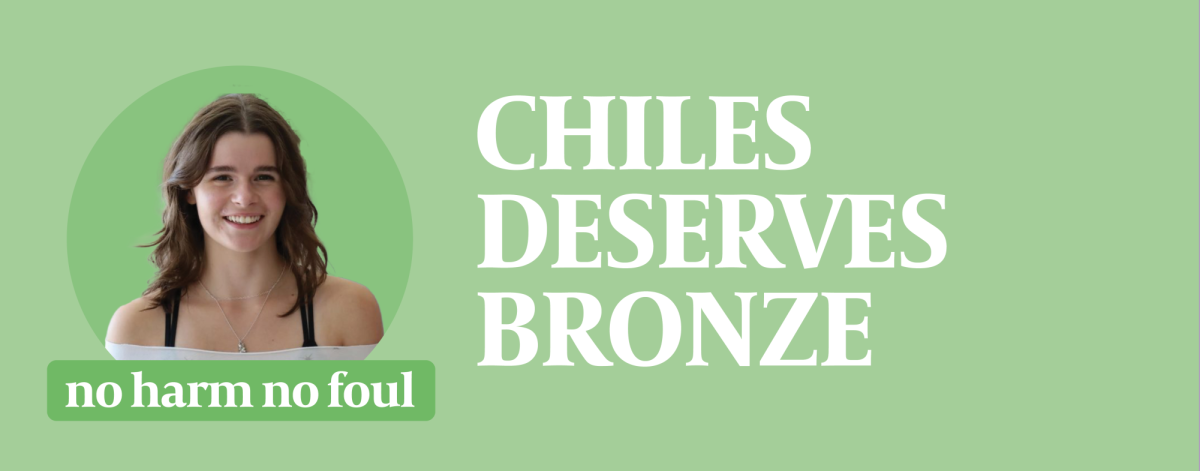
![“Uglies” is a call for change in the YA dystopian genre [opinion]](https://hilite.org/wp-content/uploads/2024/10/Perspectives-Cover-1200x471.jpg)

![Streaming services are pioneering the future of television [opinion]](https://hilite.org/wp-content/uploads/2024/09/CAtherine-streaming-1200x471.jpg)
![Parasocial relationships unnecessary, intrude on celebrities’ lives [opinion]](https://hilite.org/wp-content/uploads/2024/09/4-Mady-Kiser-Cover-1200x471.jpg)

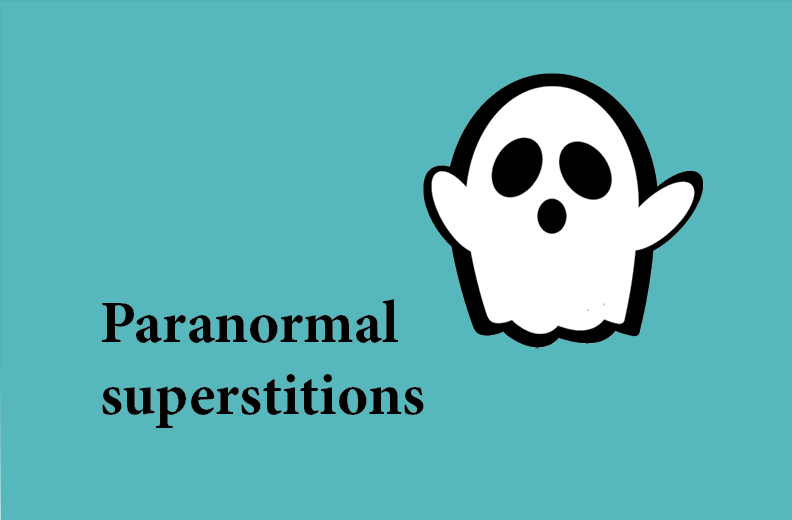


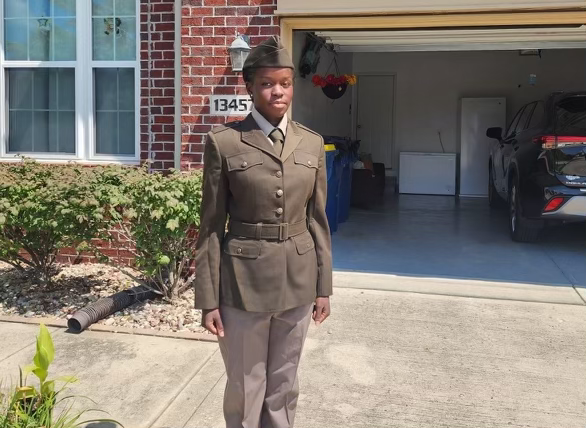









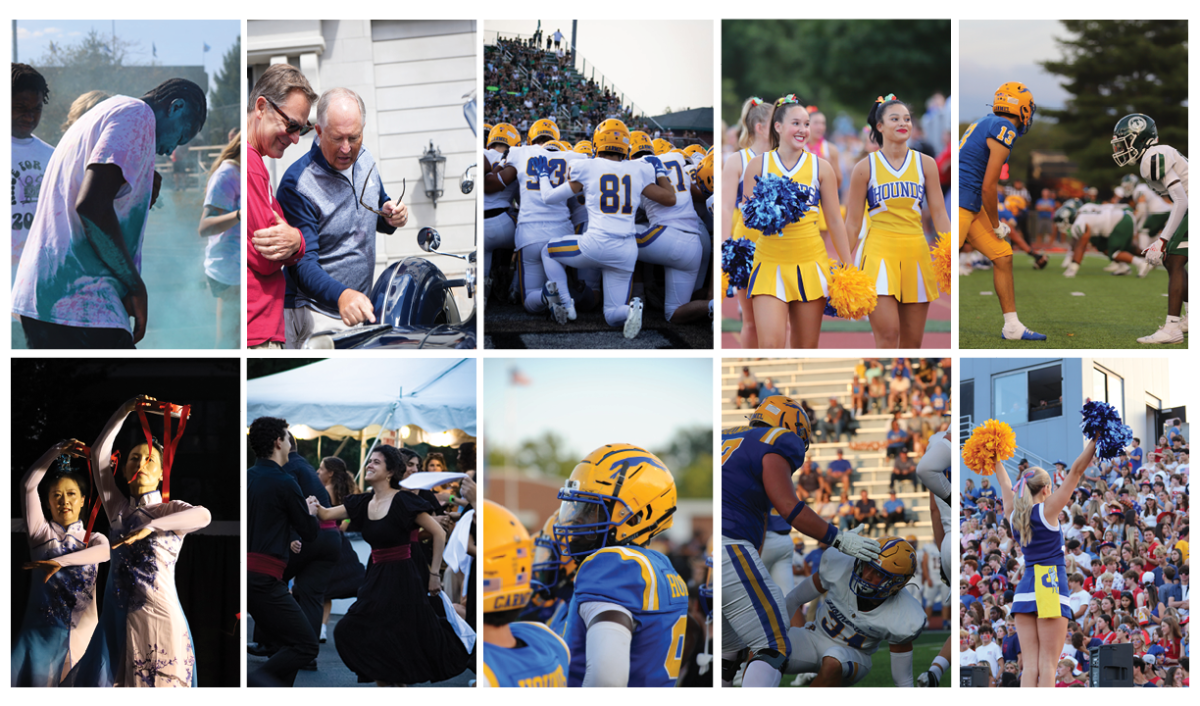












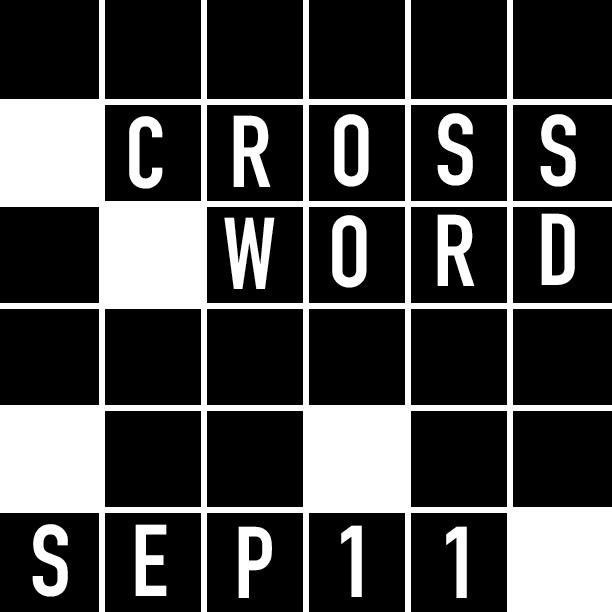
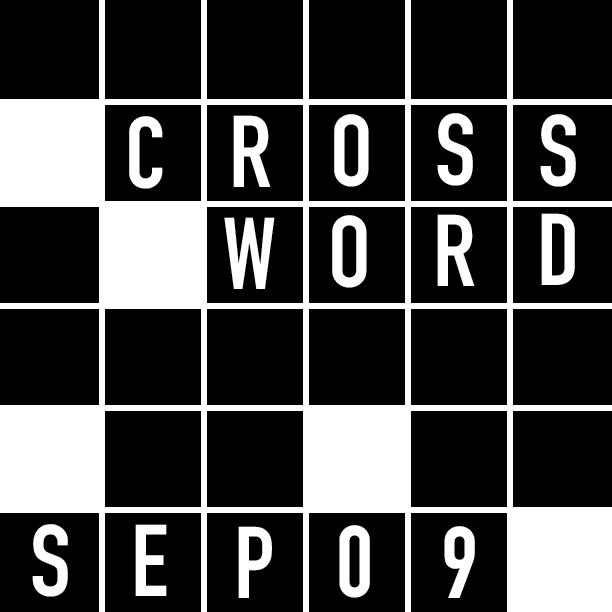
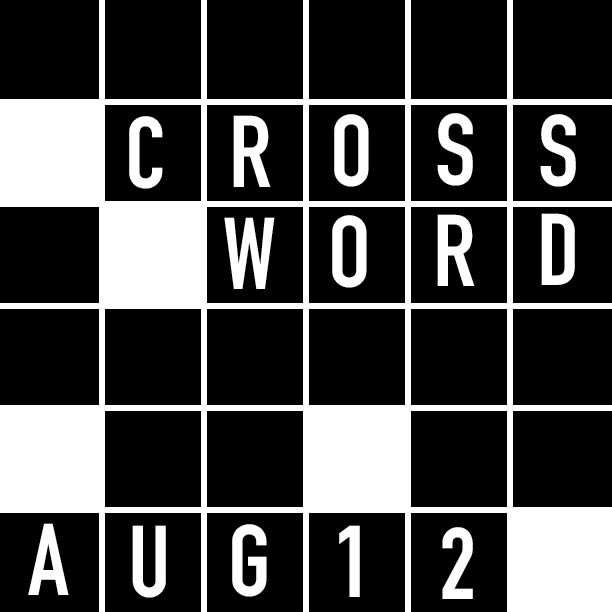


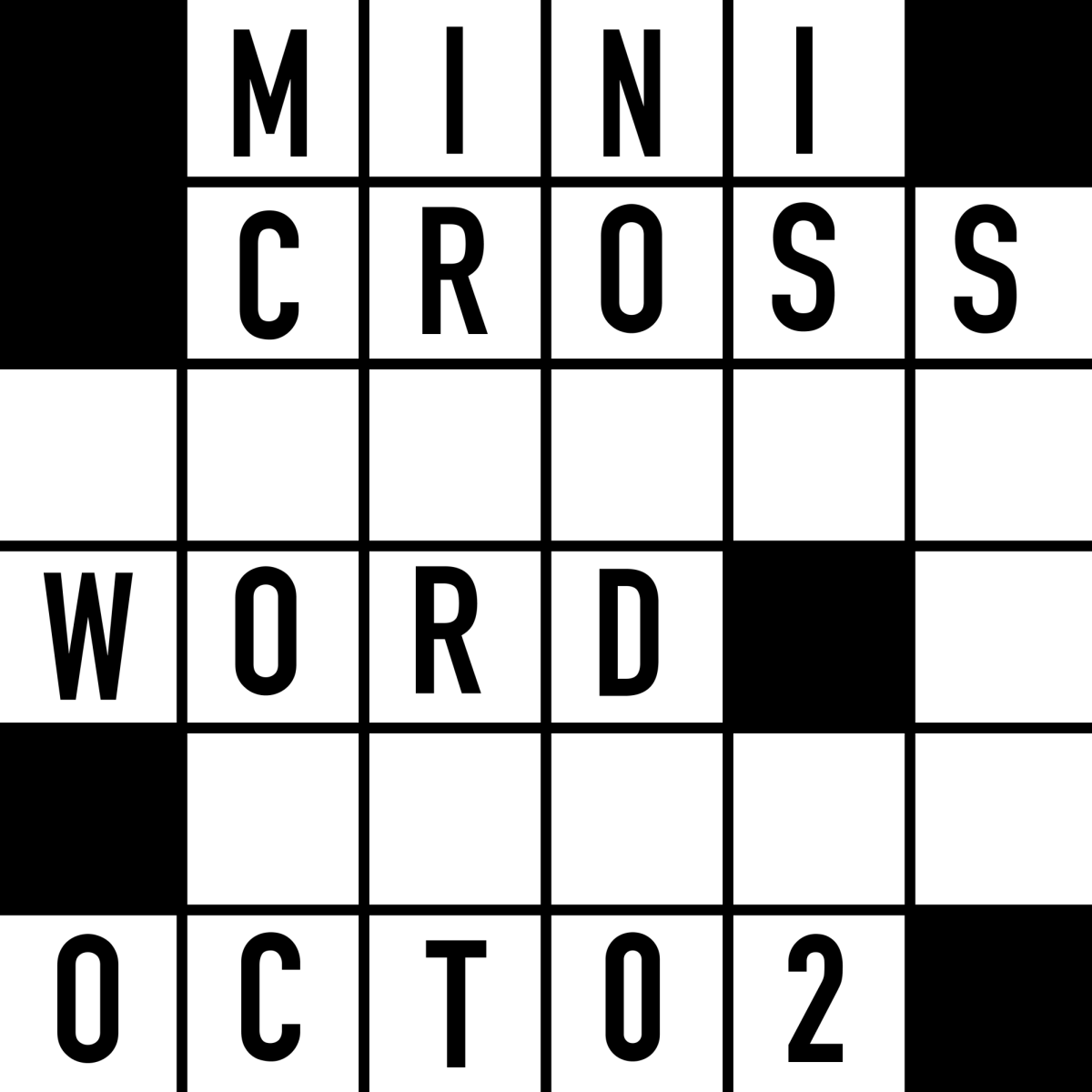




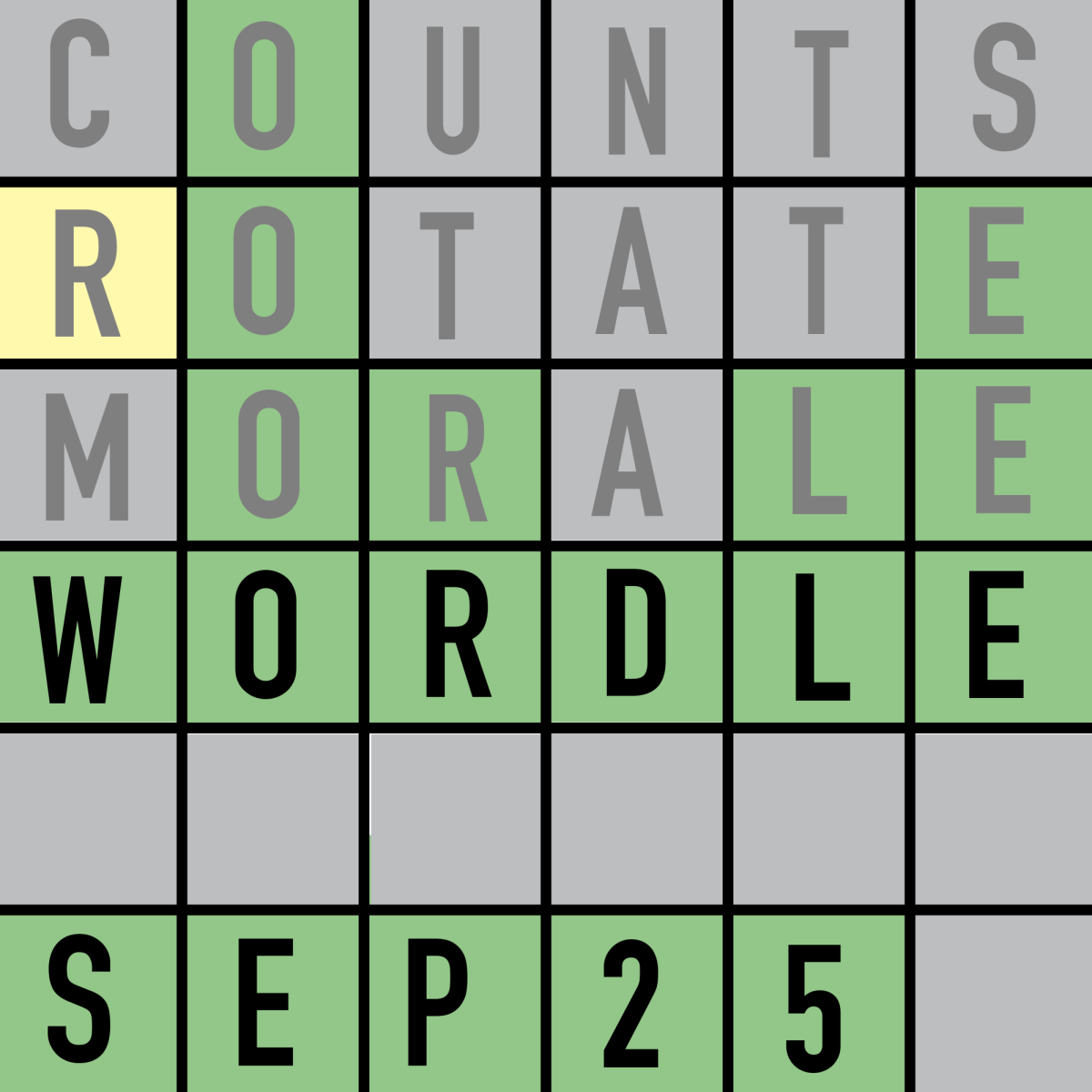

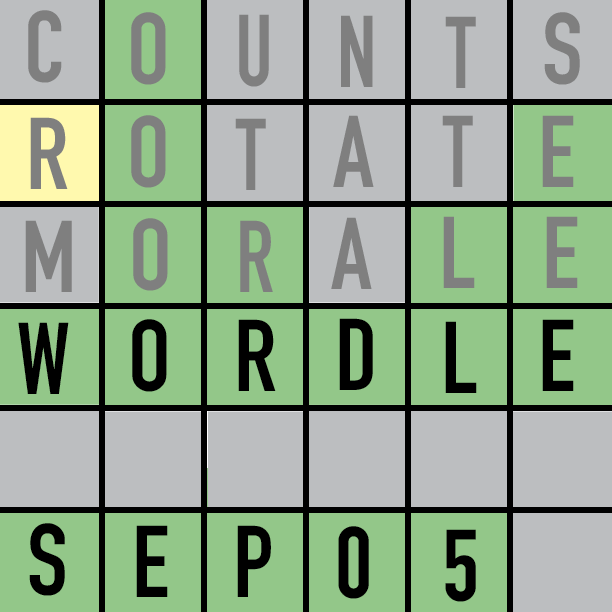




![Review: “Megalopolis” is a bold, bewildering mess [MUSE]](https://hilite.org/wp-content/uploads/2024/10/MV5BYTk3MjUzMGItYmU1NC00M2YyLThmNDMtNDI4NjkxNjgzMjQzXkEyXkFqcGdeQXRyYW5zY29kZS13b3JrZmxvdw@@._V1_-1200x675.jpg)
![Review: Judy Moody encourages viewers to make the best out of their summer [MUSE]](https://hilite.org/wp-content/uploads/2024/10/MV5BMjA4NDc0NzI5OV5BMl5BanBnXkFtZTcwMjc0MDA4NA@@._V1_-810x1200.jpg)
![Review: “Zen and the Art of Motorcycle Maintenance” is a breathtaking novel based on a true story [MUSE]](https://hilite.org/wp-content/uploads/2024/10/Screenshot-2024-10-14-at-11.45.50 AM.png)
![Review in Print: Maripaz Villar brings a delightfully unique style to the world of WEBTOON [MUSE]](https://hilite.org/wp-content/uploads/2023/12/maripazcover-1200x960.jpg)
![Review: “The Sword of Kaigen” is a masterpiece [MUSE]](https://hilite.org/wp-content/uploads/2023/11/Screenshot-2023-11-26-201051.png)
![Review: Gateron Oil Kings, great linear switches, okay price [MUSE]](https://hilite.org/wp-content/uploads/2023/11/Screenshot-2023-11-26-200553.png)
![Review: “A Haunting in Venice” is a significant improvement from other Agatha Christie adaptations [MUSE]](https://hilite.org/wp-content/uploads/2023/11/e7ee2938a6d422669771bce6d8088521.jpg)
![Review: A Thanksgiving story from elementary school, still just as interesting [MUSE]](https://hilite.org/wp-content/uploads/2023/11/Screenshot-2023-11-26-195514-987x1200.png)
![Review: "When I Fly Towards You", cute, uplifting youth drama [MUSE]](https://hilite.org/wp-content/uploads/2023/09/When-I-Fly-Towards-You-Chinese-drama.png)
![Postcards from Muse: Hawaii Travel Diary [MUSE]](https://hilite.org/wp-content/uploads/2023/09/My-project-1-1200x1200.jpg)
![Review: "Ladybug & Cat Noir: The Movie," departure from original show [MUSE]](https://hilite.org/wp-content/uploads/2023/09/Ladybug__Cat_Noir_-_The_Movie_poster.jpg)
![Review in Print: "Hidden Love" is the cute, uplifting drama everyone needs [MUSE]](https://hilite.org/wp-content/uploads/2023/09/hiddenlovecover-e1693597208225-1030x1200.png)
![Review in Print: "Heartstopper" is the heartwarming queer romance we all need [MUSE]](https://hilite.org/wp-content/uploads/2023/08/museheartstoppercover-1200x654.png)




